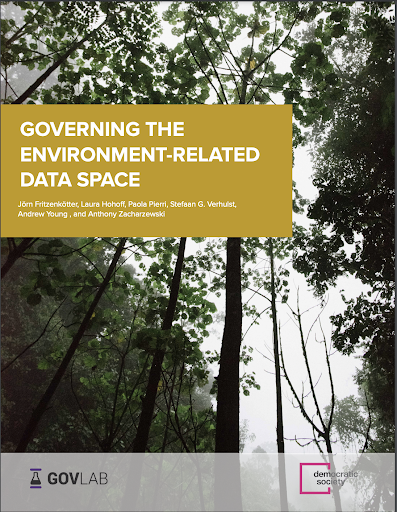Open Access Book by Jane Farmer, Anthony McCosker, Kath Albury & Amir Aryani: “In February 2020, just pre-COVID, a group of managers from community organisations met with us researchers about data for social good. “We want to collaborate with data,” said one CEO. “We want to find the big community challenges, work together to fix them and monitor the change we make over ten years.” The managers created a small, pooled fund and, through the 2020–2021 COVID lockdowns, used Zoom to workshop. Together we identified organisations’ datasets, probed their strengths and weaknesses, and found ways to share and visualise data. There were early frustrations about what data was available, its ‘granularity’ and whether new insights about the community could be found, but about half-way through the project, there was a tipping point, and something changed. While still focused on discovery from visualisations comparing their data by suburb, the group started to talk about other benefits. Through drawing in staff from across their organisations, they saw how the work of departments could be integrated by using data, and they developed new confidence in using analytics techniques. Together, the organisations developed an understanding of each other’s missions and services, while developing new relationships, trust and awareness of the possibilities of collaborating to address community needs. Managers completed the pilot having codesigned an interactive Community Resilience Dashboard, which enabled them to visualise their own organisations’ data and open public data to reveal new landscapes about community financial wellbeing and social determinants of health. They agreed they also had so much more: a collective data-capable partnership, internally and across organisations, with new potential to achieve community social justice driven by data.
We use this story to signify how right now is a special—indeed critical—time for non-profit organisations and communities to build their capability to work with data. Certainly, in high-income countries, there is pressure on non-profits to operate like commercial businesses—prioritising efficiency and using data about their outputs and impacts to compete for funding. However, beyond the immediate operational horizon, non-profits can use data analytics techniques to drive community social justice and potentially impact on the institutional capability of the whole social welfare sector. Non-profits generate a lot of data but innovating with technology is not a traditional competence, and it demands infrastructure investment and specialist workforce. Given their meagre access to funding, this book examines how non-profits of different types and sizes can use data for social good and find a path to data capability. The aim is to inspire and give practical examples of how non-profits can make data useful. While there is an emerging range of novel data for social good cases around the world, the case studies featured in this book exemplify our research and developing thinking in experimental data projects with diverse non-profits that harnessed various types of data. We outline a way to gain data capability through collaborating internally across departments and with other external non-profits and skilled data analytics partners. We term this way of working collaborative data action…(More)”.

